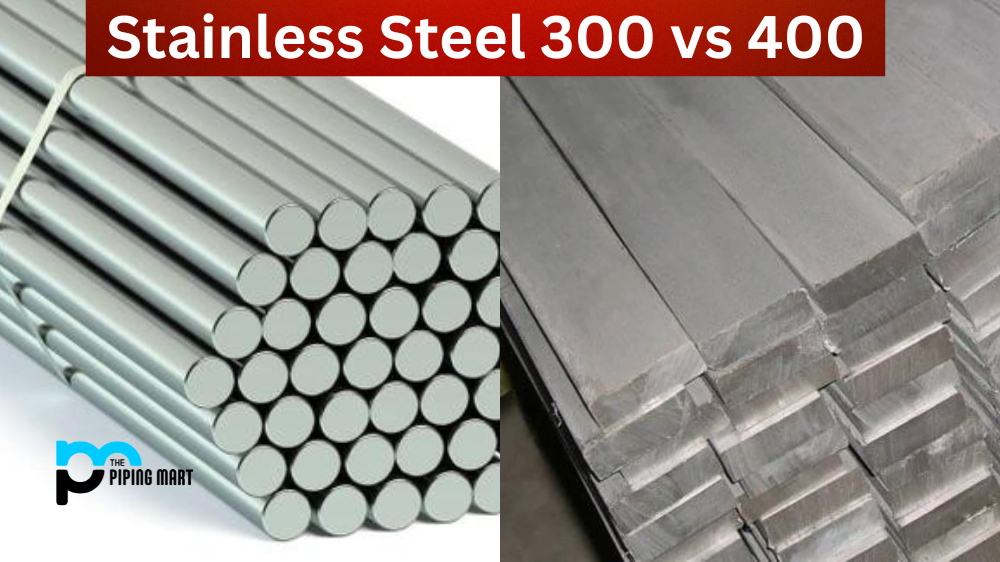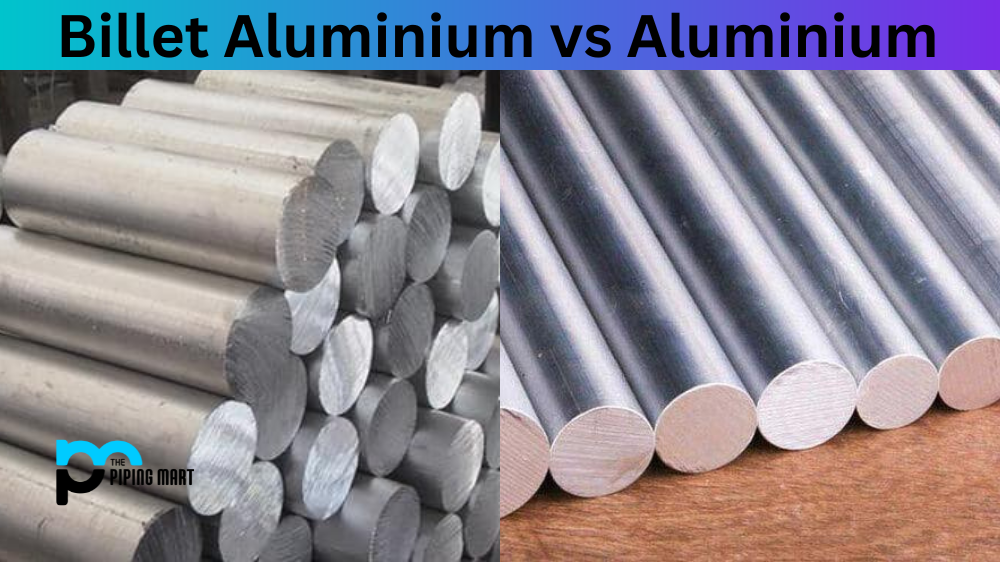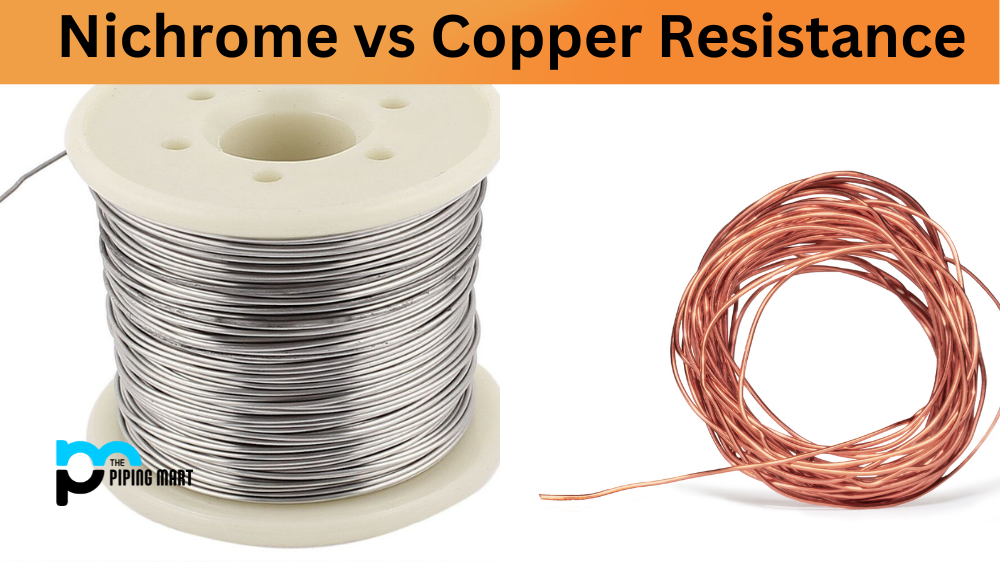If you’re in the market for a stainless steel product, it’s important to understand the differences between 300 and 400 stainless steel. Both are made of chromium and nickel, but the amount and type of metals used vary greatly. The 300 series is known for being more corrosion-resistant than the 400 series, but there are other important factors to consider when making your decision. Let’s explore what makes these two types of stainless steel different from one another.
Difference Between Stainless Steel 300 and 400
Corrosion Resistance
The primary difference between 300 and 400 stainless steel lies in their levels of corrosion resistance. Specifically, 300 series stainless steels are highly resistant to corrosion while 400 series stainless steels are not as resistant. Due to the higher levels of chromium found in 300 series stainless steels, they can be used in outdoor environments without worry of rusting or corroding over time. On the other hand, 400 series stainless steels do not offer as much protection against environmental elements such as cold temperatures or salt water.
Heat Resistance
Another major difference between these two types of stainless steel is their heat resistance capabilities. 300 series stainless steels have better heat resistance capabilities than 400 series which means that they can be used at higher temperatures than their counterparts with minimal risk of warping or discoloration. This makes them ideal for applications that require high temperatures such as food processing equipment or cookware.
400 series stainless steels have lower heat resistance capabilities which make them suitable for low-temperature applications such as industrial equipment or medical instruments. They also have a higher risk for warping and discoloration when exposed to high temperatures, so care must be taken when using them in these applications.
Cost
The cost difference between 300 and 400 series stainless steel is an important factor to consider when making your decision. Generally speaking, the cost of 300 series is slightly higher due to its enhanced corrosion resistance capabilities compared to its 400 counterparts which may not always require this added protection depending on where they will be used and what type of application they are being used for. However, this cost differential should be weighed against all other factors before making a final purchasing decision since an inferior product could end up costing you more in the long run if it fails prematurely due to lack of proper maintenance or inadequate protection against environmental elements like water or cold temperatures.
Composition
The main difference between 300 series and 400 series stainless steel is the composition. 300 series stainless steel contains chromium and nickel, while 400 series stainless steel contains chromium, manganese and silicon. The 400 series is harder and more resistant to corrosion than the 300 series.
Temperature Resistance
300 series stainless steel can withstand temperatures up to 2200 degrees Fahrenheit, while 400 series stainless steel can withstand temperatures up to 1600 degrees Fahrenheit. This makes 400 series stainless steel ideal for use in high temperature applications, such as in automotive exhaust systems.
Magnetism
300 series stainless steel is non-magnetic, while 400 series stainless steel is magnetic. This is due to the difference in composition; the higher levels of chromium and nickel in 300 series stainless steel make it non-magnetic, while the higher levels of manganese and silicon in 400 series stainless steel make it magnetic.
Conclusion:
When it comes down to selecting either a 300 or 400-series grade of stainless steel for your next project, it’s important to consider several factors including corrosion resistance, heat resistance and cost before making a final decision about which type would best suit your purposes. Keep in mind that selecting a lower quality grade may result in more problems down the line due to poor performance from exposure to environmental elements like cold temperatures or salt water even if it saves you money upfront. Selecting either a 300 or 400-grade grade of stainless steel can depend heavily on what type of application you need it for so make sure you weigh all options carefully before making your selection!

A passionate metal industry expert and blogger. With over 5 years of experience in the field, Palak brings a wealth of knowledge and insight to her writing. Whether discussing the latest trends in the metal industry or sharing tips, she is dedicated to helping others succeed in the metal industry.




